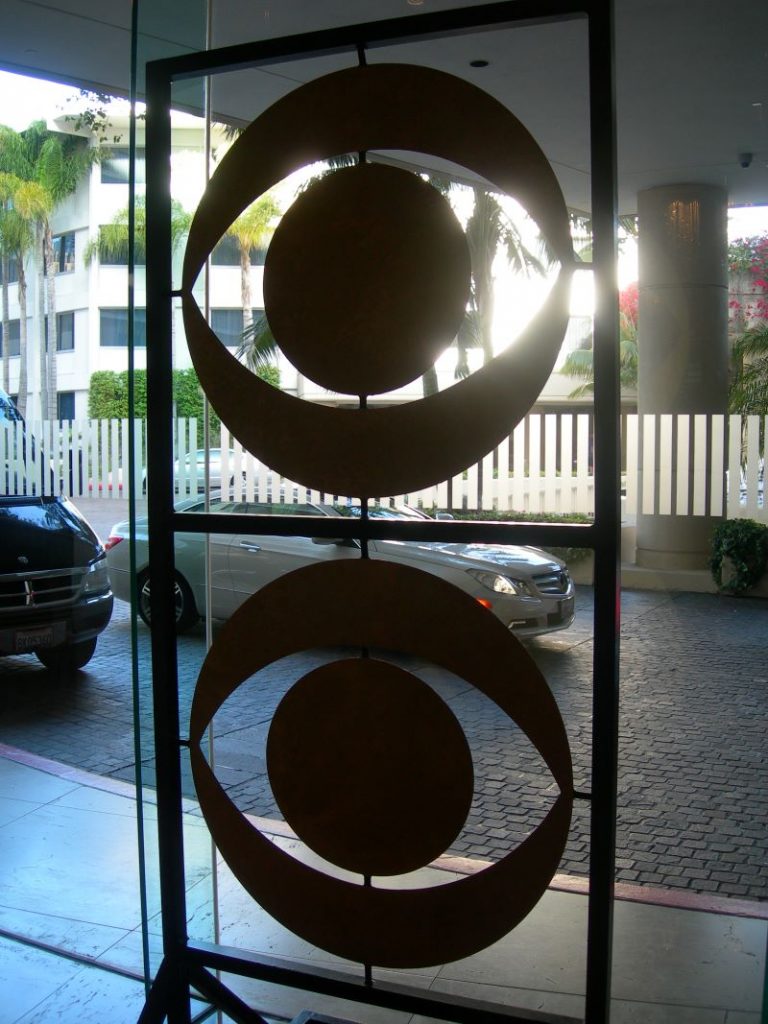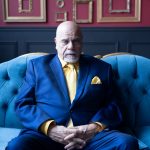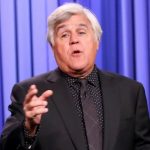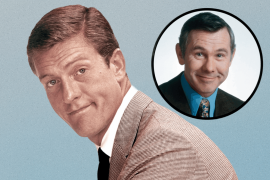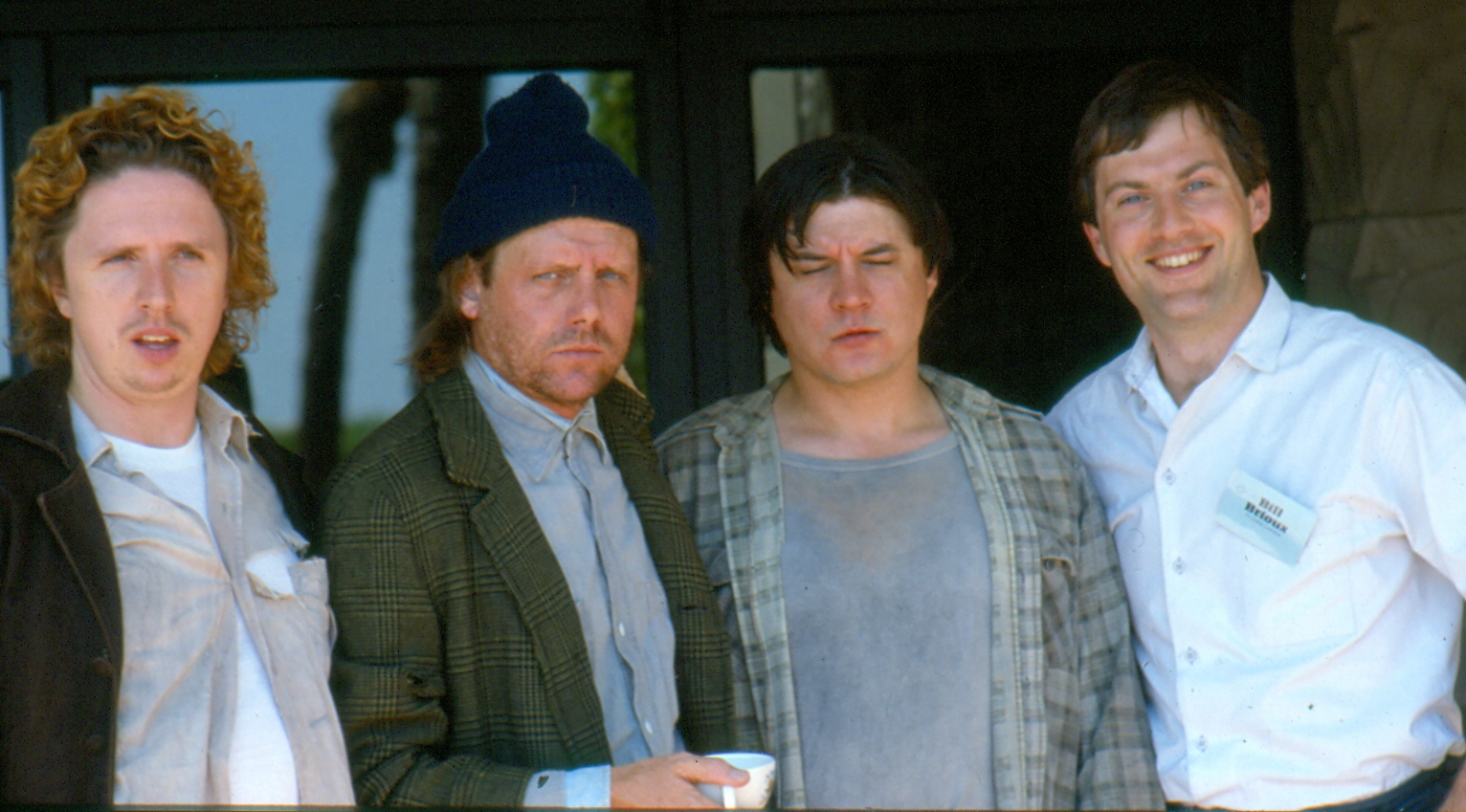
One of the best lines ever at a Television Critics Association press tour: Tina Fey was at the podium receiving a TCA Award for her series 30 Rock. She looked out over the gathering and declared that it was a great time to be in broadcast television. “It’s like being in vaudeville in the ’60s.”
She saw it coming even back in 2009. Sixteen years, a COVID pandemic, and a couple of strikes later, there will be no gathering of critics and stars this summer of 2025 at the Langham Hotel resort in Pasadena, CA. The semi-annual gathering affectionately known as the “death march with cocktails” has been shuttered for the second press tour in a row, and not by COVID or strikes. Like vaudeville, its time has simply passed as a live, working, scrumming press tour. The dagger that killed it –the March 31 hotel deadline that came and went without any signatures. The business model that worked so well for decades is simply no longer viable. Not just for the networks and studios who decided to stop subsidizing the show; but also for the majority of members who have been humping it there in recent years on their own dime.
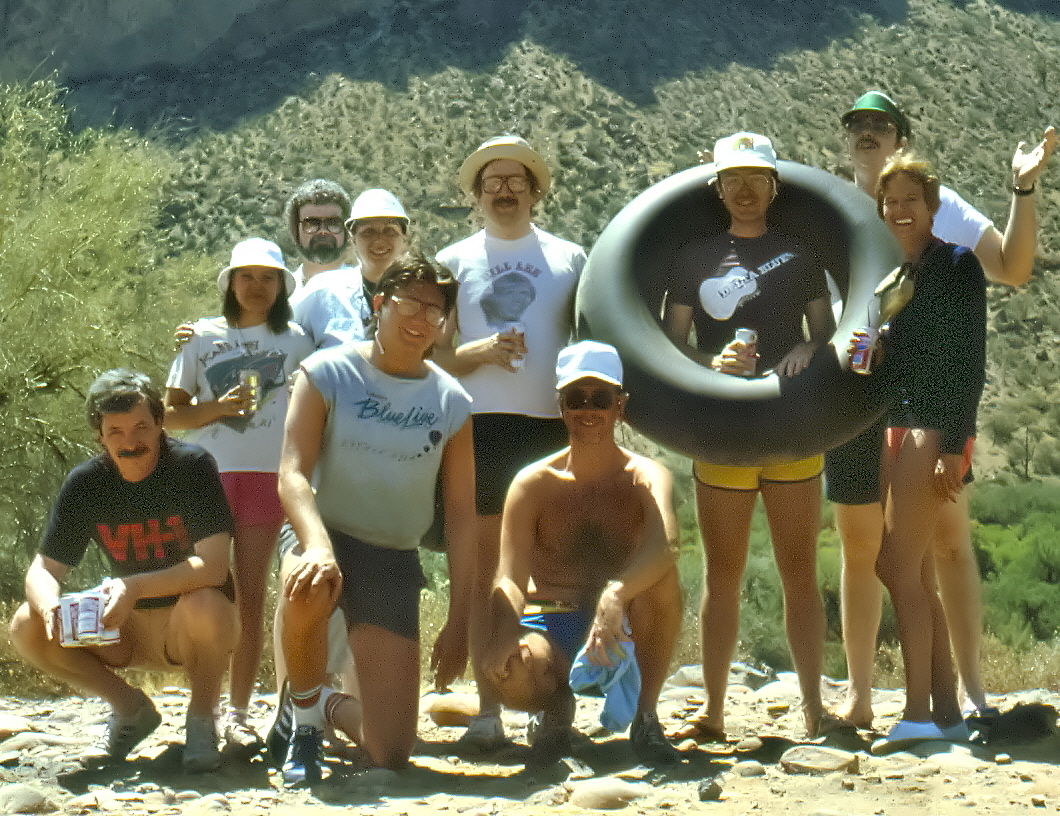
The last tour I attended was in January of 2024, and that was for about a day-and-a-half. One streaming service, AppleTV+, made an offer I couldn’t refuse, granting exclusive access to Michael Douglas and Eugene Levy. When I got to the Langham, I was impressed by the robust day Apple had planned and delivered spread over eight or nine sessions; it made me nostalgic for tours’ past. Maybe this thing still worked, I thought.
Except there was no scrums, no one-on-ones, no all-important chances to be a reporter and come home with something 150 ot 160 other people didn’t also glean off a transcript that same day. Post-COVID, the tour had become a press release with cocktails.
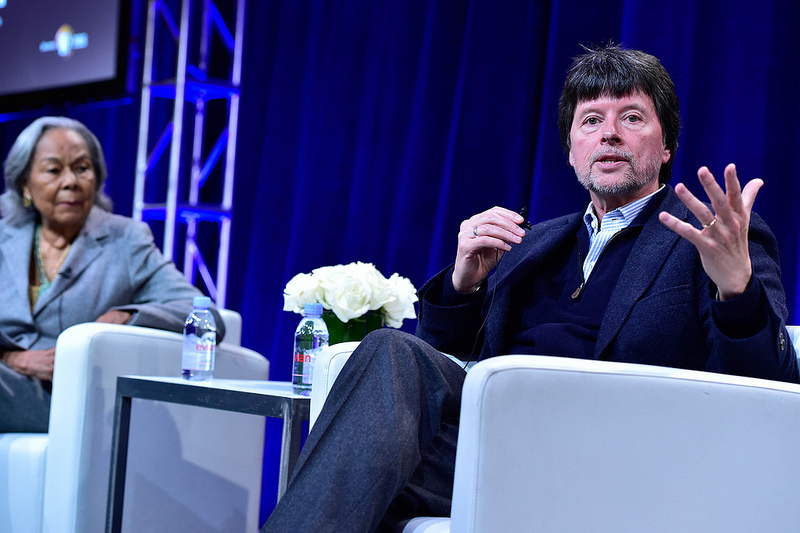
At that point I hadn’t attended a summer tour in 10 years. I was starting to really resent losing two prime weeks in July and August away from the shores of Lake Huron, where there is only so much summer. I did make one summer tour exception seven years ago after HBO granted a one-on-one with Jane Fonda. The tour could still deliver access like nowhere else, but over the past 12 months especially, there was an overwhelming generational end to how it used to be done. When neither the studios nor the members can afford going to Pasadena anymore, it is time to go home.
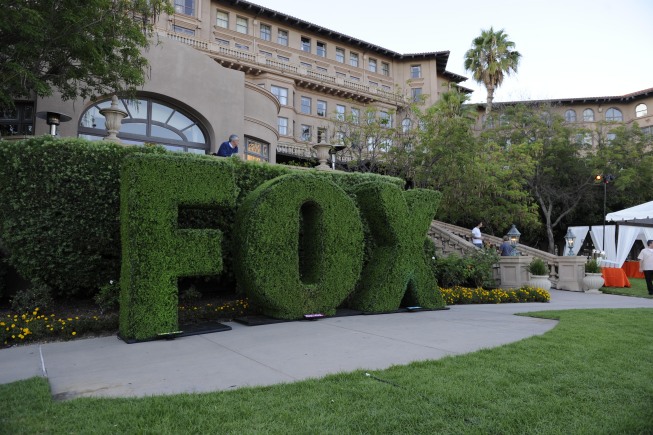
Damn though, in its prime, what a show. As recently as the summer 2011, it was still the Super Bowl of the TV beat. That one tour included sessions with Harry Belafonte, Oprah Winfrey, Jerry Lewis, Gloria Steinem, Davy Jones, Rosie O’Donnell, Hugh Laurie, Ken Burns, Anna Paquin, Smokey Robinson, Kelsey Grammar, Ted Danson, Mike Judge, Luke Wilson, Cameron Crowe, Laura Dern, Al Jean, Sarah Michelle Gellar, Mark Wahlberg and Lily Tomlin. One of the evening events that same tour was held at the Playboy Mansion.
advertisement
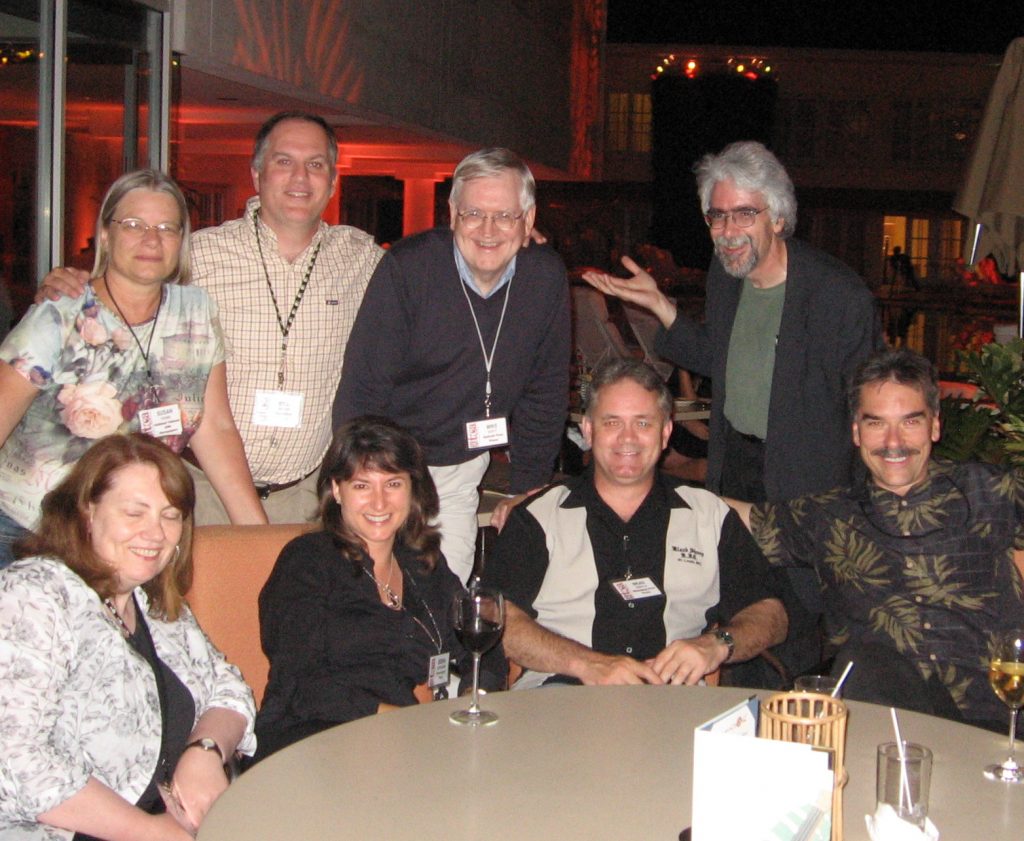
Highlights over the years for me was the packed banquet room love-in for 20th century TV icon Walter Cronkite in July of 2009. The CBS news anchor was being saluted by the PBS series American Masters. He was The Man in an era where network news anchors spoke to a much, much wider audience. He also had a front row seat on history during the most tumultuous, newsworthy decades of the 20th century and brought all of us along for the ride.
Even in his ninetieth year, as he was on that January day (he died at 92), he had presence and sparkle. The veteran newsman sat on a riser in a ballroom at what was then the Ritz Carlton in Pasadena, Calif., and we all sat at his feet, spellbound.
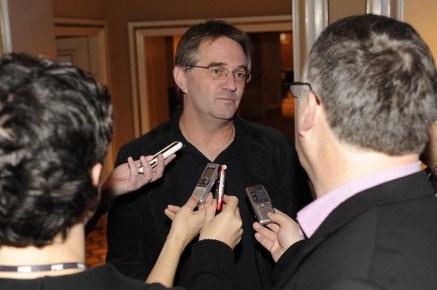
Over the 40 years I attended press tours, there are way too many other big moments to list. Nearly missing out at a satellite session on an opportunity to ask Paul McCartney a question was sweat-inducing. The way it played out — so worth it. There were also encounters with Robin Williams that were both hilarious and moving. That whole Charlie Sheen meltdown — ye gads. Don Rickles refusing to call me a hockey puck? Priceless. Going even further back, attended the Life with Lucy fiasco with Lucille Ball in 1986 was sobering but still amazing, even if it made you want to go, “Waaaaa.”
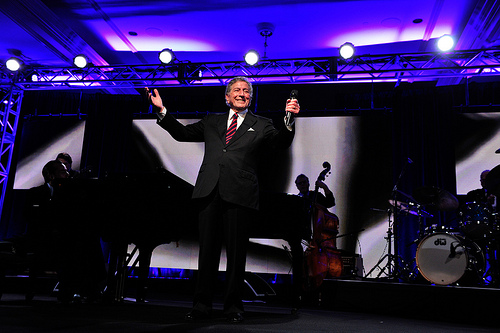
The musical moments, many at the invitation of PBS, were often so great you did not want to report on them for fear your editors and readers would hate you. In 2012, Tony Bennett, backed by four jazz cats, put on a private, 40 minute concert for critics. Already in his eighties, he belted out one show-stopping tune after another. Maybe This Time. The Way You Look Tonight. I Left My Heart in San Francisco. A night or two later, we reconvened for The B-52s. As fellow Canadian journalist Brad Oswald tweeted later, “Who gets to do this?”
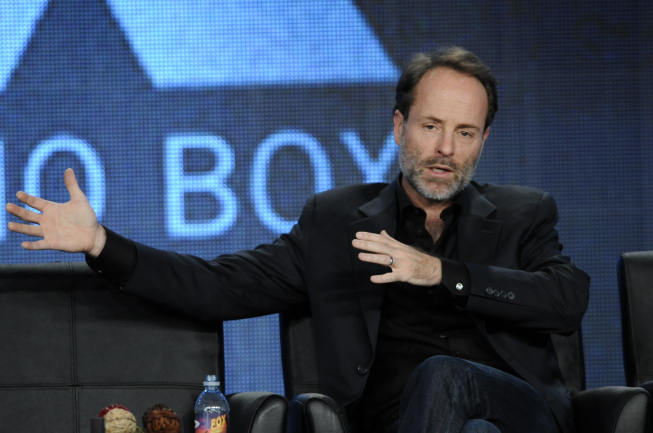
Network executive seasions were often electric, especially those featuring “The Mayor of TCA,” FX Networks CEO John Landgraf, who delivered one master class after another. Guys such as Landgraf always made me feel like I was getting a free education, a MA in Television. We should have all been paying tuition.
There were so many network presidents over the years. Several were all cocktails and cufflinks. I used to tell new members that they hadn’t really been on the tour until they had been in a scrum with Les Moonves — it was like getting skreeched in. That advice didn’t age well, but for many years, he was the toughest guy in the room, powerful enough to smite talent or critics — as he occasionally did.
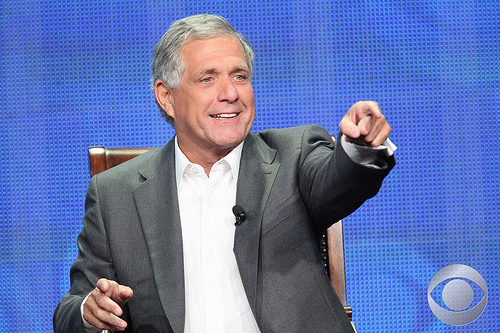
Moonves, Bud Grant before him at CBS, NBC’s Jeff Zucker — these guys were all writing the cheques. Most of us worked hard, on deadline, in the early days slamming out copy on an IBM Selectra, then feeding precious columns into fax machines.
Still, we were, as legendary programming executive Brandon Tartikoff once called us, “America’s guests.” The TCA tour was tremendously seductive. One didn’t want to get off the gravy train until the gravy train stopped running. Believe me, the gravy was delicious.
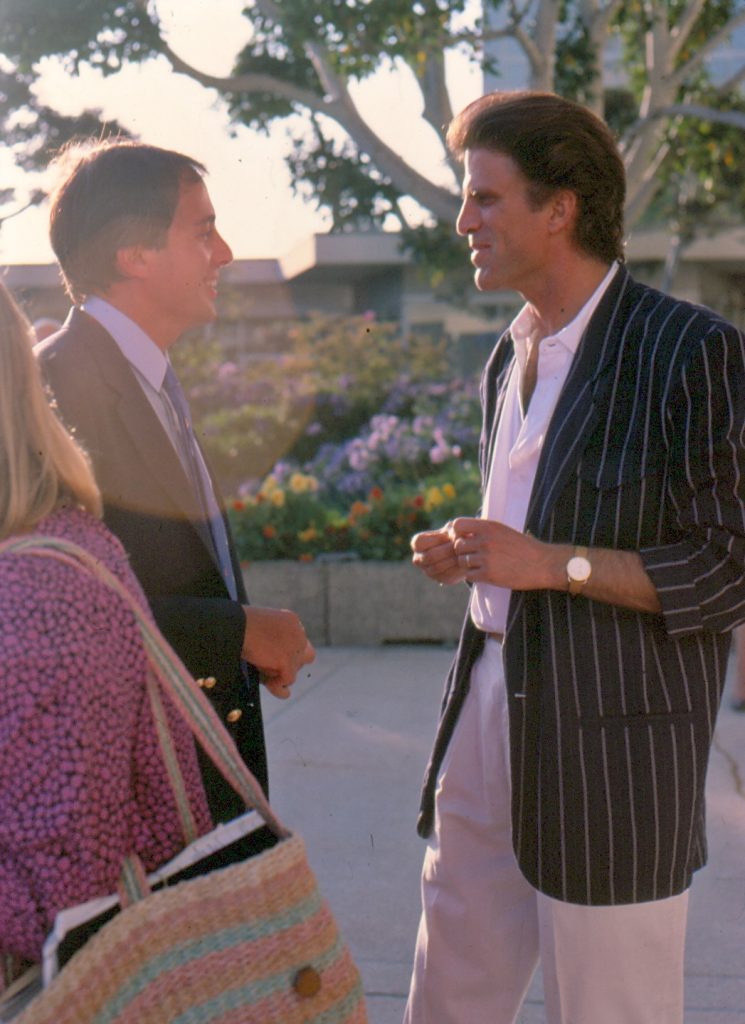
For Canadian critics, the tour almost ended even before I arrived on the scene (back then representing TV Guide Canada). One of the reasons why there is a TCA was that US networks had to be convinced our coverage was worth a seat at the adult table. Several of the most influential American TV critics back in the late ’70s/early ’80s stood up for us and formed the TCA, saying if they’re not welcome, we’re not coming. Thanks to that neighbourly, elbows up approach, we had a very productive run as a North American alliance.
The power of the press, of course, has been attacked and devalued of late. The wave of “fake news,” however, just makes a well-vetted organization of professional reporters all the more vital.

Just like the rest of the industry, the TCA board and the 230 members will have to pivot towards a new model that could still work for everybody. If you are a good pivoter, and all reporters have had plenty of practice lately, consider joining the TCA when membership opens again next month. If you are a freelancer, there is great value to being part of a respected organization with a 45 year track record and plenty of industry cred. If you also have a business degree, bring it. Media companies need to see a return on investment. They all look at their own metrics, but things are measured in very different ways now and podcasts and YouTube posts speak louder than newsprint. The new numbers just have to be compelling and properly pitched. Don’t let print reports tell you any different; that’s just more fake news.
